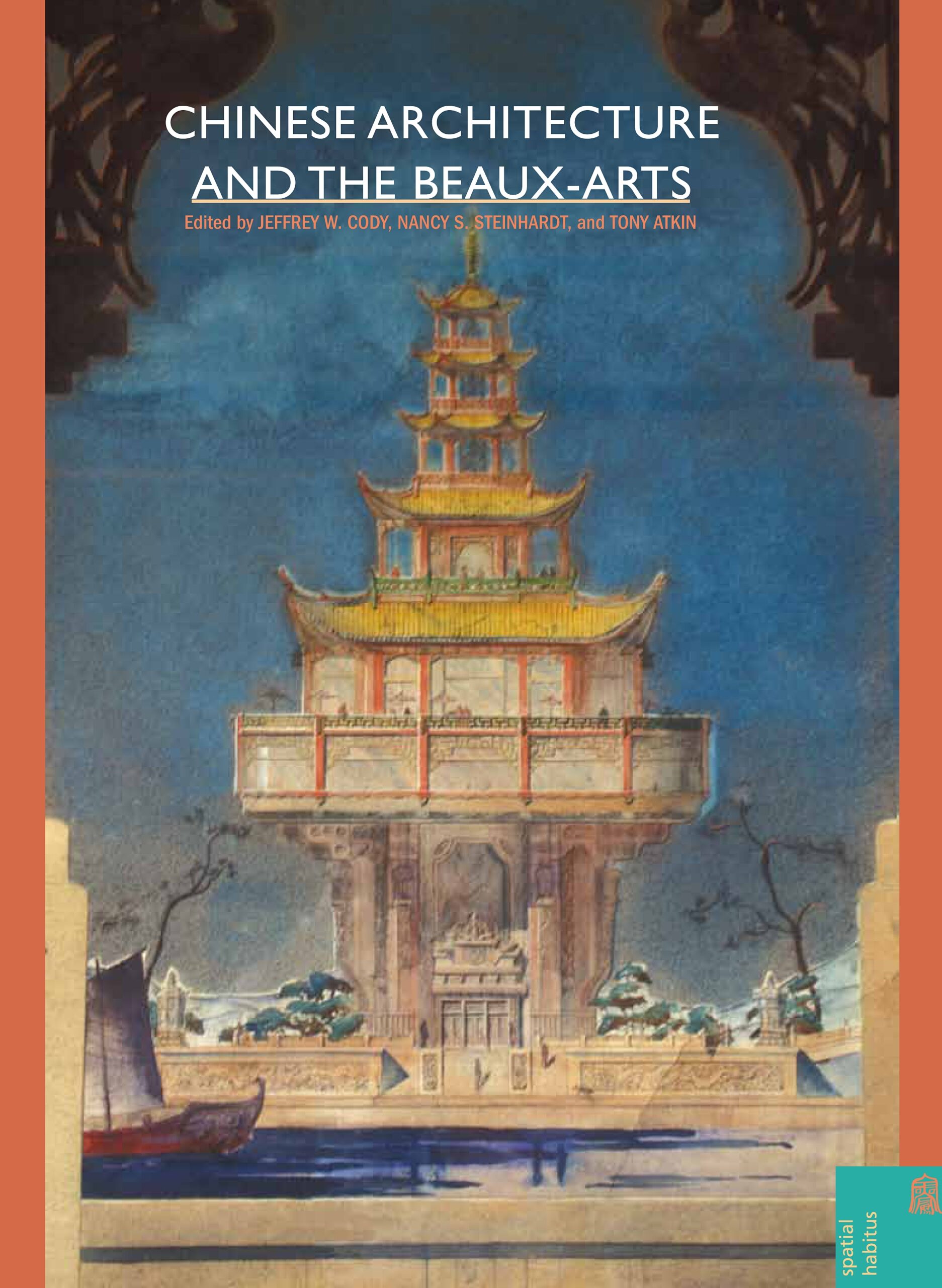Chinese Architecture and the Beaux-Arts
- About the Book
-
In the early twentieth century, Chinese traditional architecture and the French-derived methods of the École des Beaux-Arts converged in the United States when Chinese students were given scholarships to train as architects at American universities whose design curricula were dominated by Beaux-Arts methods. Upon their return home in the 1920s and 1930s, these graduates began to practice architecture and create China’s first architectural schools, often transferring a version of what they had learned in the U.S. to Chinese situations. The resulting complex series of design-related transplantations had major implications for China between 1911 and 1949, as it simultaneously underwent cataclysmic social, economic, and political changes. After 1949 and the founding of the People’s Republic, China experienced a radically different wave of influence from the Beaux-Arts through advisors from the Soviet Union who, first under Stalin and later Khrushchev, brought Beaux-Arts ideals in the guise of socialist progress. In the early twenty-first century, China is still feeling the effects of these events.
Chinese Architecture and the Beaux-Arts examines the coalescing of the two major architectural systems, placing significant shifts in architectural theory and practice in China within relevant, contemporary, cultural, and educational contexts. Fifteen major scholars from around the world analyze and synthesize these crucial events to shed light on the dramatic architectural and urban changes occurring in China today—many of which have global ramifications.
This stimulating and generously illustrated work is divided into three sections, framed by an introduction and a postscript. The first focuses on the convergence of Chinese architecture and the École des Beaux-Arts, outlining the salient aspects of each and suggesting how and why the two “met” in the U.S. The second section centers on the question of how Chinese architects were influenced by the Beaux-Arts and how Chinese architecture was changed as a result. The third takes an even closer look at the Beaux-Arts influence, addressing how innovative practices, new schools of architecture, and buildings whose designs were linked to Beaux-Arts assumptions led to distinctive new paradigms that were rooted in a changing China. By virtue of its scope, scale, and scholarship, this volume promises to become a classic in the fields of Chinese and Western architectural history.
Contributors: Tony Atkin, Peter J. Carroll, Yung Ho Chang,Jeffrey W. Cody, Kerry Sizheng Fan, Fu Chao-Ching, Gu Daqing, Seng Kuan,Delin Lai, Xing Ruan, Joseph Rykwert, Nancy S. Steinhardt, David VanZanten, Rudolf Wagner, Zhang Jie, Zhao Chen.
- About the Author(s)
-
Jeffrey W. Cody, Author
Jeffrey W. Cody is senior project specialist in the Education Department at the Getty Conservation Institute in Los Angeles.Nancy Shatzman Steinhardt, Author
Nancy S. Steinhardt is professor of East Asian art and curator of Chinese art at the University of Pennsylvania.Tony Atkin, Author
Tony Atkin, FAIA, is adjunct associate professor of architecture at the University of Pennsylvania’s School of Design and a principal of Atkin Olshin Schade Architects in Philadelphia and Santa Fe, New Mexico.
- Reviews and Endorsements
-
- This beautifully illustrated volume succeeds in demonstrating the sweeping influence of the Beaux-Arts school. There is much work yet to do on this topic, but Chinese Architecture and the Beaux-Arts should change the way we look at Chinese cities, and it will stand as a benchmark in the burgeoning field of Chinese urban studies.
—Pacific Affairs - Rich, complex, and panoramic.
—China Review International - The catch phrase ‘clash of civilizations’ has today become a part of political discourse, but as this publication by the universities of Hawai‘i and Hong Kong shows, with many an attractive illustration and persuasive arguments, appreciation, not conflict, between dissimilar cultures is not only possible but sometimes fruitful. Here a consideration of the divergent architectural systems of China and that of the French-derived Beaux-Arts architecture—and how the latter influenced and changed the other—provide readers with a fascinating account of why and how this cultural exchange occurred.
—Chinese Cross Currents - [The] fascinating and under-appreciated cross-pollination of Eastern and Western architecture is thoroughly examined in [this] absorbing new book. . . . Although filled with handsome photos contemporary and historic, Chinese Architecture and the Beaux-Arts is no coffee-table book — this volume is a thoughtful and far-ranging account of international trends in architecture, which have been too little known in the U.S. It fills an important need and is certain to find its place in every serious library of architectural history.
—Traditional Building
- This beautifully illustrated volume succeeds in demonstrating the sweeping influence of the Beaux-Arts school. There is much work yet to do on this topic, but Chinese Architecture and the Beaux-Arts should change the way we look at Chinese cities, and it will stand as a benchmark in the burgeoning field of Chinese urban studies.
- Supporting Resources
-





